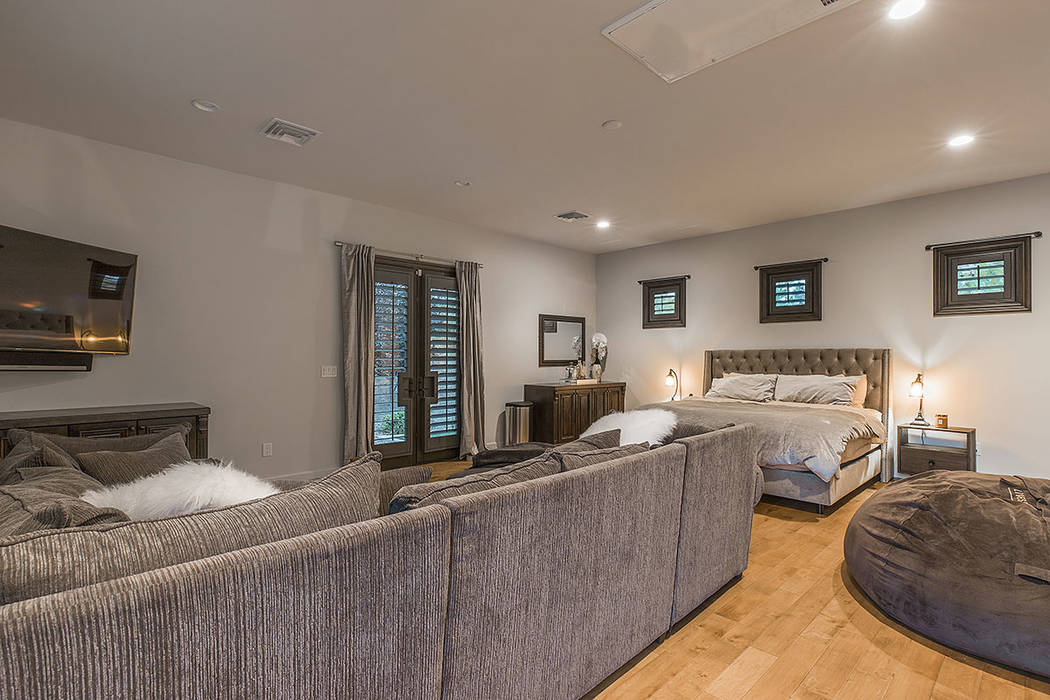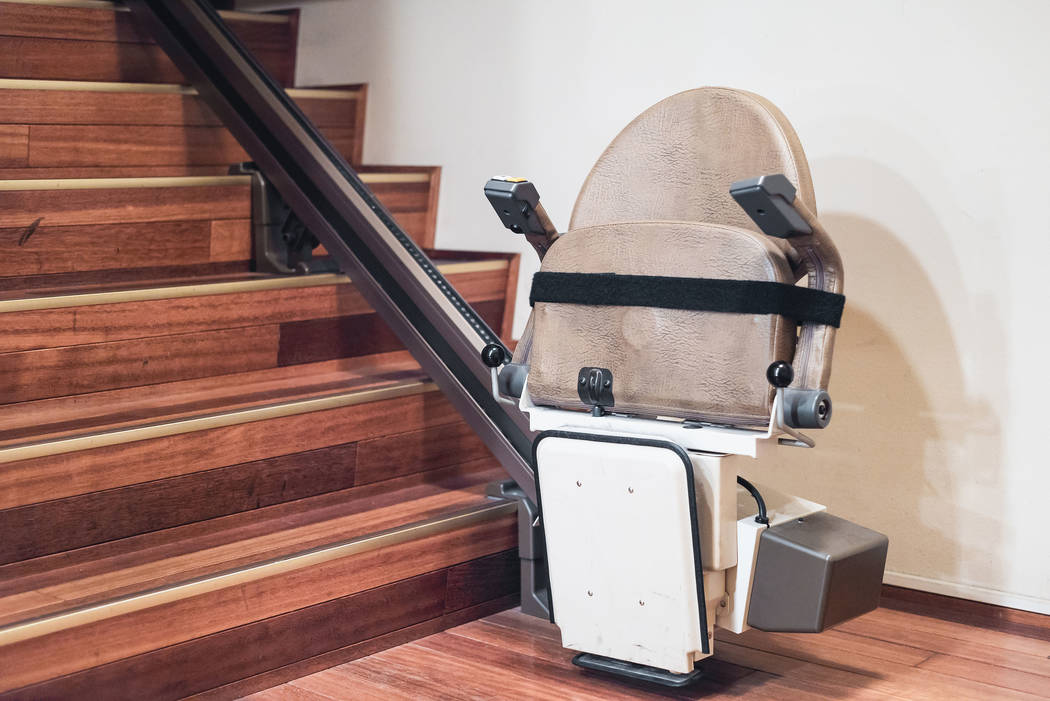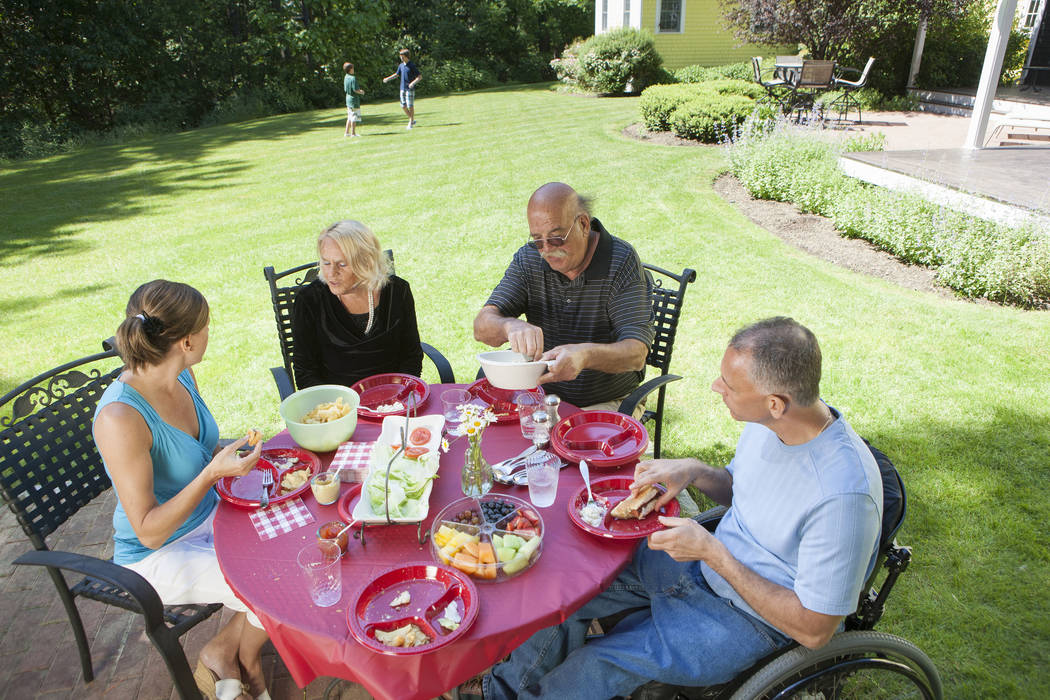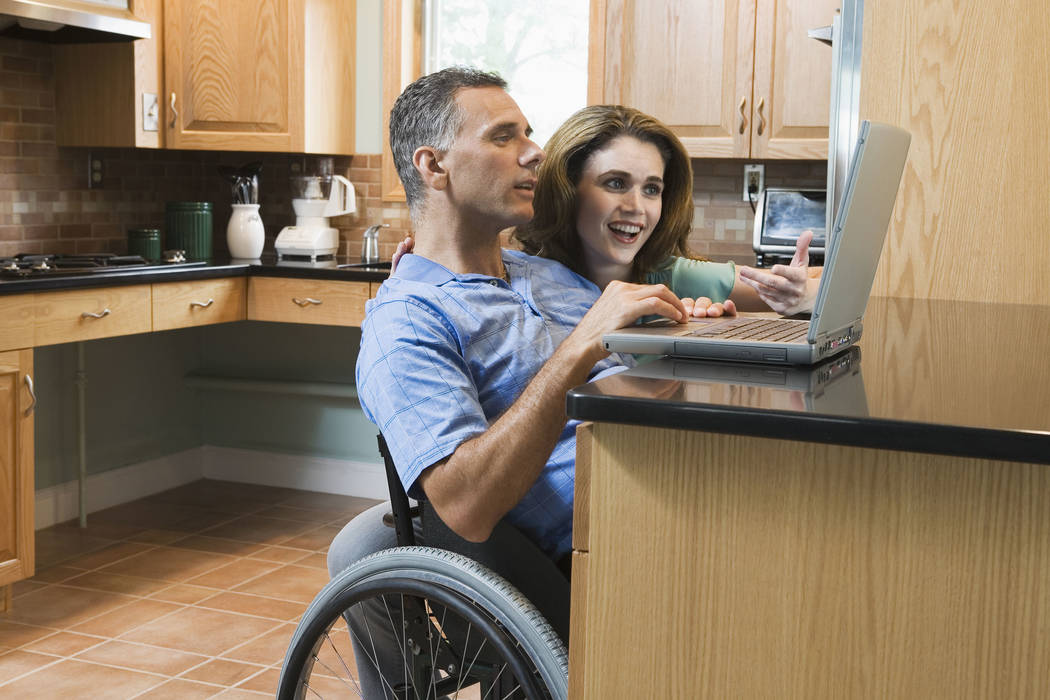Aging in place
Members of the baby boomer generation are in relatively good health, and they are living longer than previous generations. Many continue to live in their own homes, while others have made a decision to move in with a son or daughter and their families.
Some baby boomers have medical problems and physical limitations that make home modifications a necessity for aging in place.
Aging in place is defined as a person making a conscious decision to stay in the home of his or her choice for as long as possible with the comforts that are important. As older adults age, the comforts might include adding supplementary services to facilitate their living conditions and maintain their quality of life while keeping a degree of independence.
A survey by the National Association of Realtors found that because of this self-sufficient generation, interior designers, architects and manufacturers have come up with new ways to assist the aging in their homes. Home remodeling to aid seniors might include decorative bath and shower grab bars, better lighting, high-rise toilets, hands-free faucets and other safety elements that can reassure family members that mom or dad can move about the house safely and securely.
Andi Ahart is a salesperson with Remax Advantage. She is noticing a new type of home being marketed and sold in the local market: the multigenerational home.
“More and more homes are being built to accommodate several families,” she said. “These homes have a separate building, more like a small apartment, with a private entry, kitchenette, stackable washer/dryer and all the amenities one needs to live a private life. The difference is the family is only a few feet away. It’s important for mom and dad to have their own space and retain their sense of independence.”
Ahart said Las Vegas continues to be one of the top five cities for retirement where homes and condos are being built with aging in place in mind. Doorways are wider to accommodate wheelchairs, and the master bath has a flat and rimless roll-in shower. One-story homes have flush flooring throughout, including a straight pathway into the garage. No steps are to be found.
When it comes to the bathroom, Ahart said companies have created luxury grab bars that come in a variety of lengths and finishes to meet pre-existing fixtures.
‘The bath bars can be outfitted with an adjustable hand shower that allows the user to sit on a bench or wheelchair to achieve a comfortable bathing experience,” she said. “Keep in mind that as a person gets older, their skin gets thinner, and a hand shower creates a gentler wash. It’s just as efficient as a regular shower head and has all the proper settings including height adjustments.
“Another popular item is the toilet. The standard toilet is 14 inches high, and newer toilets for seniors are 2 inches higher which makes it easier to sit and stand. There are also sinks that mount to the wall so a person in a wheelchair can slide in and use it. And until you’re at that point in your life, you can’t realize how important this is to someone who has trouble bending or standing or is just physically challenged.”
Yet there are those who wish to remain in their two-story home, and Ahart is seeing such homes being remodeled to include chairlifts and elevators.
“You can easily find a small closet downstairs that makes for a perfect setting to install an elevator that moves to the second floor,” she said. “At one time, this may have sounded a bit unusual but not anymore. It’s happening on a regular basis.”
According to the Centers for Disease Control and Prevention, falls are the leading cause of fatal and nonfatal injuries among older adults. Each year, about one in four Americans ages 65 and older report a fall, and many incur a serious injury such as a fracture. Many of those falls occur in or around the home. The following is a fall prevention list to safeguard the home:
Remove or tack down loose floor coverings like rugs and mats. Place nonslip pads under throw rugs and bath mats.
Secure electric and telephone cords.
Make sure rooms are well-lighted by ceiling fixtures and lamps.
Install light switches at both ends of stairs and hallways.
Place lamps and flashlights near the bed.
Install handrails on both sides of stairways in and outside the home.
Use night lights to illuminate paths for nighttime trips to the bathroom.
Install grab bars in bathtub and shower areas and on each side of the toilet.
Apply nonskid and adhesive strips on bathtub and shower floors.
Wear rubber-soled shoes for better traction.
Poor eyesight increases the risk of falls so have eyeglass prescriptions checked regularly.
When using a cane, hold it on the same side as your stronger leg.

























